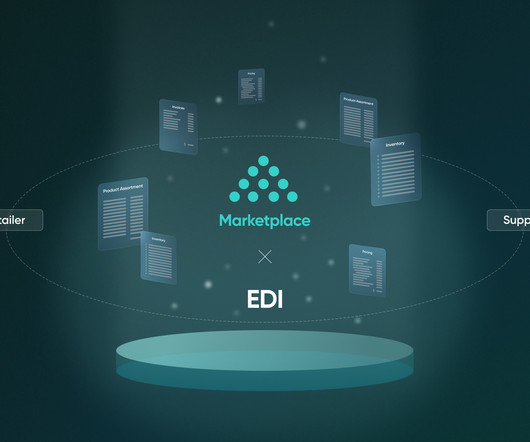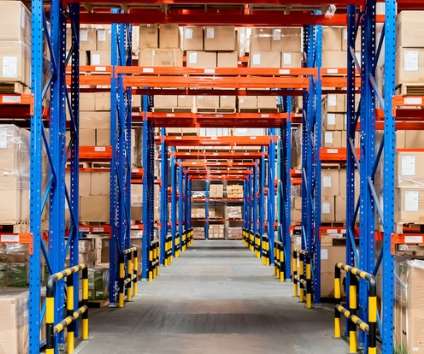Dropshipping Integration: Connecting EDI with fabric Marketplace
Fabric
MARCH 24, 2023
What is EDI? EDI stands for Electronic Data Interchange. EDI is used to automate and streamline business processes, such as ordering, invoicing, and shipping, by replacing traditional paper-based documents with electronic documents that can be easily exchanged and processed by computers. In a dropshipping context.




















Let's personalize your content